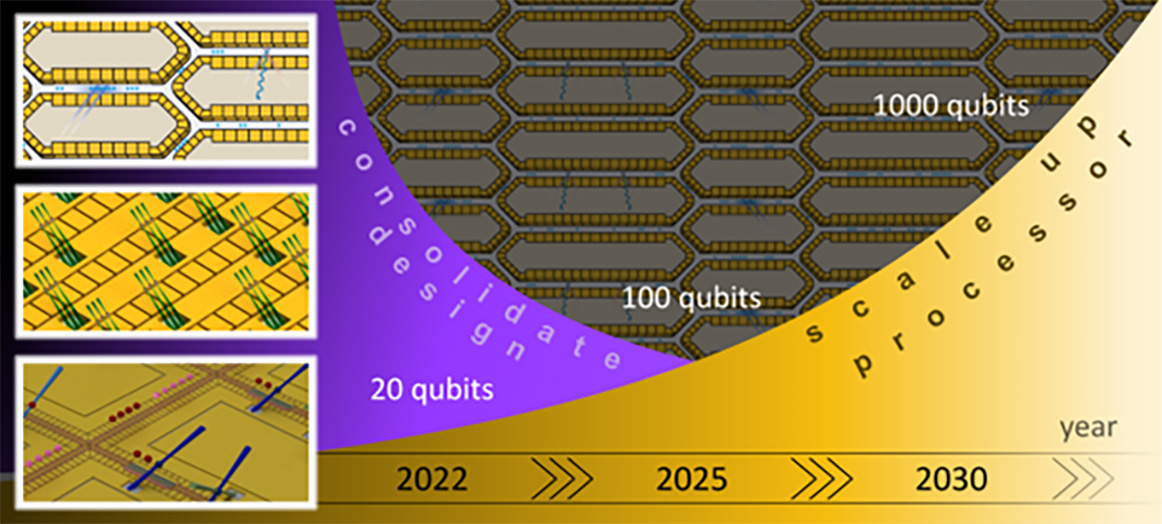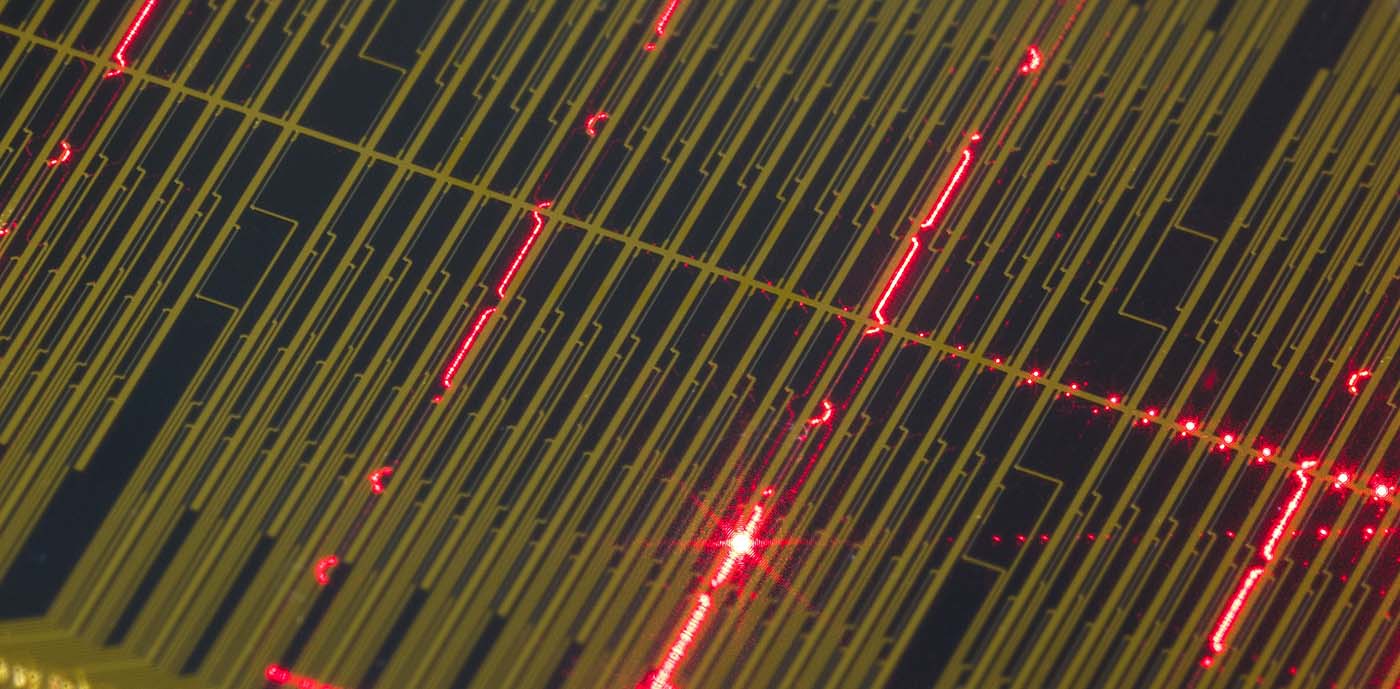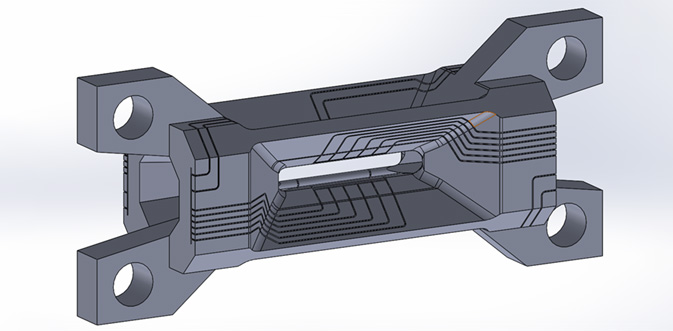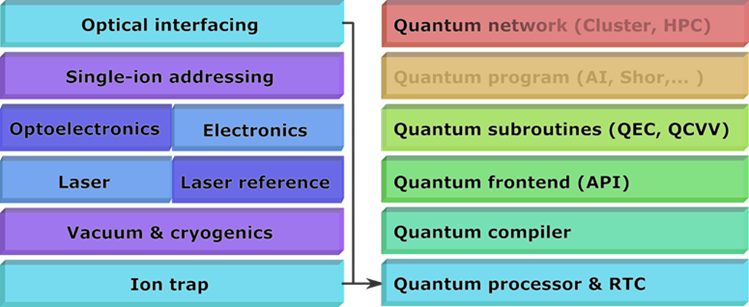The project
MILLENION is a European collaboration of 14 academic and industrial partners which aims to bring trapped-ion quantum computers from the laboratory to industrial applications.
Within this project, leading science teams setting up the quantum computers based on trapped ions are join forces with commercial leaders in the field of laser technology, optical design, cryogenic technology, control electronics and computer architectures, in order to realise the first scalable quantum computer that is capable of controlling 1000 qubits.
MILLENION is building on the success of its predecessor programme AQTION that laid the groundwork by conceptualising, designing, building, and operating the world’s first quantum computer entirely contained in industry-standard 19” server racks.
MILLENION will maintain European leadership in the quantum information industry, and further deepen the strength of the quantum technology and innovation within Europe of the strategic objectives of the FET Quantum Technologies Flagship.
| Funding programme | TBD |
|---|---|
| Project duration | TBD |
| Project budget | TBD |
| Coordinator | Dr. Thomas Monz, Universtität Innsbruck |
MILLENION in the European quantum ecosystem
MILLENION and its team are proud to be widely connected within the European quantum ecosystem, both academically and throughout the emerging quantum industry. MILLENION will foster collaboration and innovation by making use of these connections with regional, national, and international partners.
Our vision
MILLENION aims to build a scalable quantum computer based on trapped ions that will push European quantum computing capabilities to industrial relevance by providing well-controlled registers up to 1000 qubits by the end of the decade.

Our mission
MILLENION’s mission is to demonstrate a scalable, modular trapped-ion quantum computer with 100 qubits extendable to 1000 by the end of the decade. We will realise a quantum computing demonstrator
Within the flagship ramp-up project AQTION, members of MILLENION have successfully worked together and realised the first 19’’-rack-mounted quantum computing prototype capable of working with up to 50 qubits and pioneered a software stack with connection to HPC. We will now exploit the acquired expertise and developed technologies to take a step forward, and push towards a scalable 1000-qubit device.
MILLENION will actively push towards the commercialisation of the developed technologies including ion traps, integrated waveguides, integrated electronics, lasers systems, and control systems. The consortium will work with partners throughout Europe to develop a quantum firmware stack, including the HPC integration and cloud access, that can facilitate software-as-a-service solutions.
Our approach to scalable quantum computing
Scaling quantum computers from small devices of academic relevance to large, end-user-centric computers of industrial relevance requires overcoming countless challenges. Innovative ideas are thus key to progress towards MILLENION’s ultimate goal. The scaling strategy pursued by MILLENION is threefold: Scaling up, scaling down, and scaling out.
The diverse expertise gathered in MILLENION will be able to tackle the many challenges across the quantum computing stack and actively shape the development of the quantum ecosystem within Europe, exploiting the synergies that only be achieved by close connection and a common goal.





